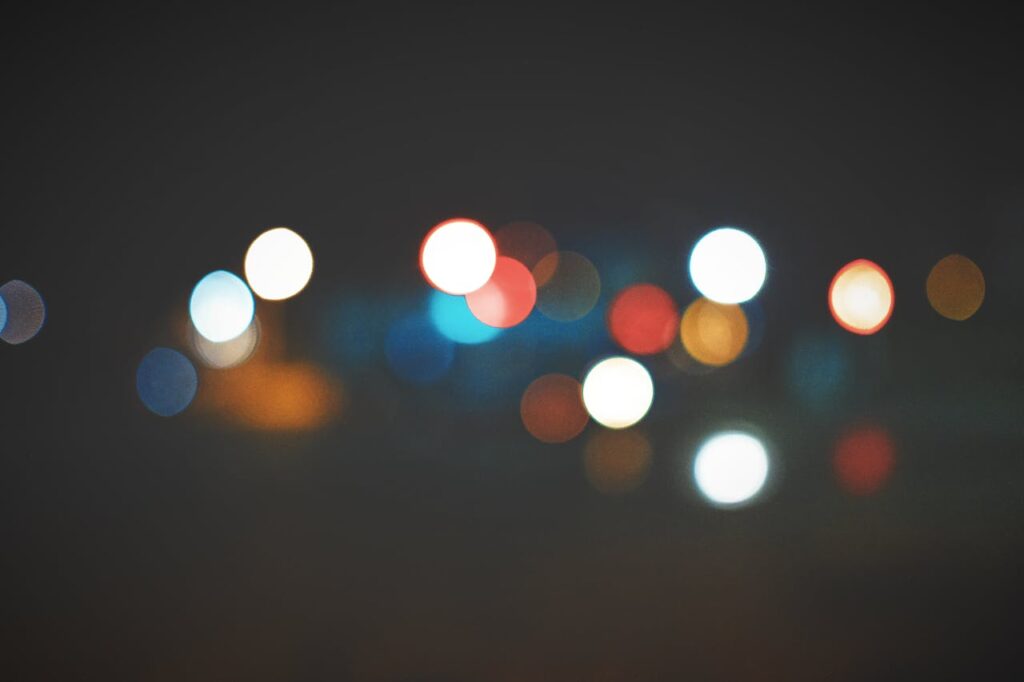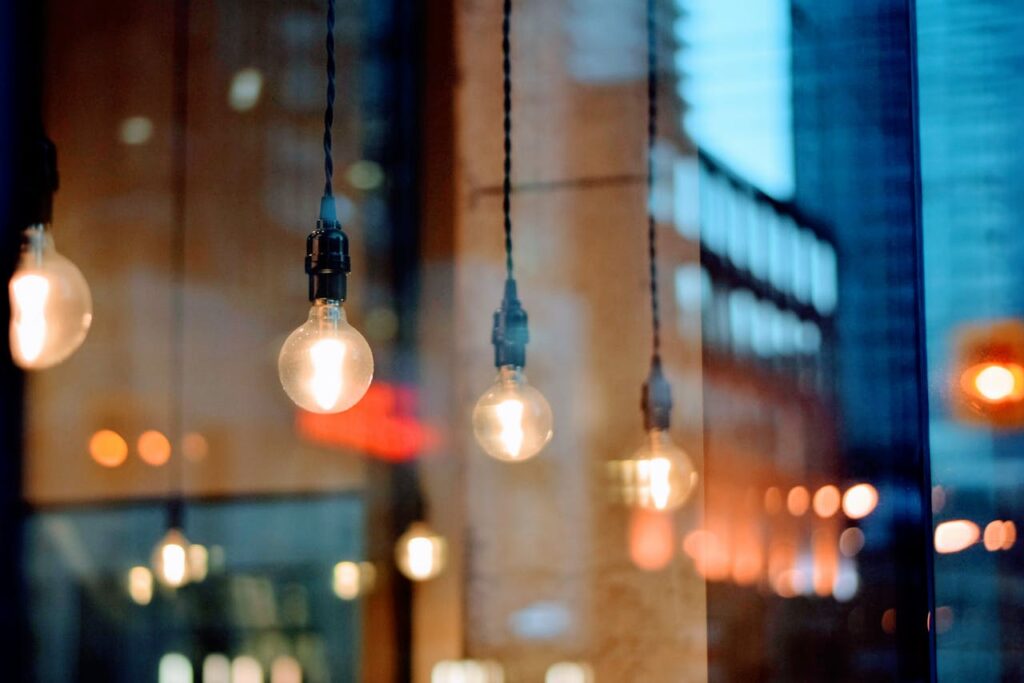Bokeh is a term used in photography to describe the aesthetic quality of the out-of-focus areas in an image, particularly in the background. It refers to the smooth, creamy blur that results from using a shallow depth of field, typically achieved by using a wide aperture lens.
Key Characteristics of Bokeh
Smoothness: The quality of bokeh is often characterized by how smooth and creamy the out-of-focus areas appear in the image. Well-executed bokeh has a soft, pleasing blur that enhances the overall aesthetic of the photograph.
Shape and Texture: The shape and texture of bokeh can vary depending on the shape of the aperture blades in the lens. Circular aperture blades tend to produce round bokeh, while lenses with more aperture blades may create polygonal or hexagonal bokeh shapes. The texture of bokeh can also be influenced by lens aberrations and optical characteristics.
Foreground and Background Separation: Bokeh is often used to create separation between the subject and the background in a photograph. By rendering the background into a smooth blur, bokeh helps to draw attention to the main subject, making it stand out more prominently in the image.

Factors Influencing Bokeh
Aperture: The primary factor influencing bokeh is the aperture setting of the lens. A wide aperture (e.g., f/1.8, f/2.8) produces a shallower depth of field and more pronounced bokeh, while a narrow aperture (e.g., f/8, f/11) results in greater depth of field and less noticeable bokeh.
Lens Design: The optical design of the lens, including the number and shape of aperture blades, as well as the quality of lens coatings, can also affect the quality of bokeh produced. Lenses specifically designed for portrait or prime lenses often produce smoother, more pleasing bokeh compared to zoom lenses or kit lenses.
Subject Distance: The distance between the camera, the subject, and the background also influences the appearance of bokeh. Closer subject distances and greater distances between the subject and background can enhance the effect of bokeh, creating a more pronounced separation between the two.

Practical Applications of Bokeh
Portraiture: Bokeh is widely used in portrait photography to isolate the subject from the background and create a pleasing, visually appealing backdrop. A shallow depth of field and smooth bokeh help to draw attention to the subject’s features and convey a sense of intimacy in the image.
Nature and Macro Photography: In nature and macro photography, bokeh can be used to blur distracting elements in the background and highlight the intricate details of the subject, such as flowers, insects, or small creatures. The soft, dreamy bokeh adds a sense of magic and beauty to the image.
Creative Expression: Beyond its practical applications, bokeh can also be used creatively to add visual interest and atmosphere to a wide range of photographic subjects, from street scenes to still life compositions. Experimenting with different aperture settings, lens combinations, and shooting techniques can help photographers achieve unique and captivating bokeh effects in their images.

Conclusion
Bokeh is a versatile and powerful tool in photography that allows photographers to create visually stunning images with a sense of depth, separation, and artistry. By understanding the factors that influence bokeh and experimenting with different techniques and equipment, photographers can harness the beauty of bokeh to enhance their images and convey their artistic vision effectively.